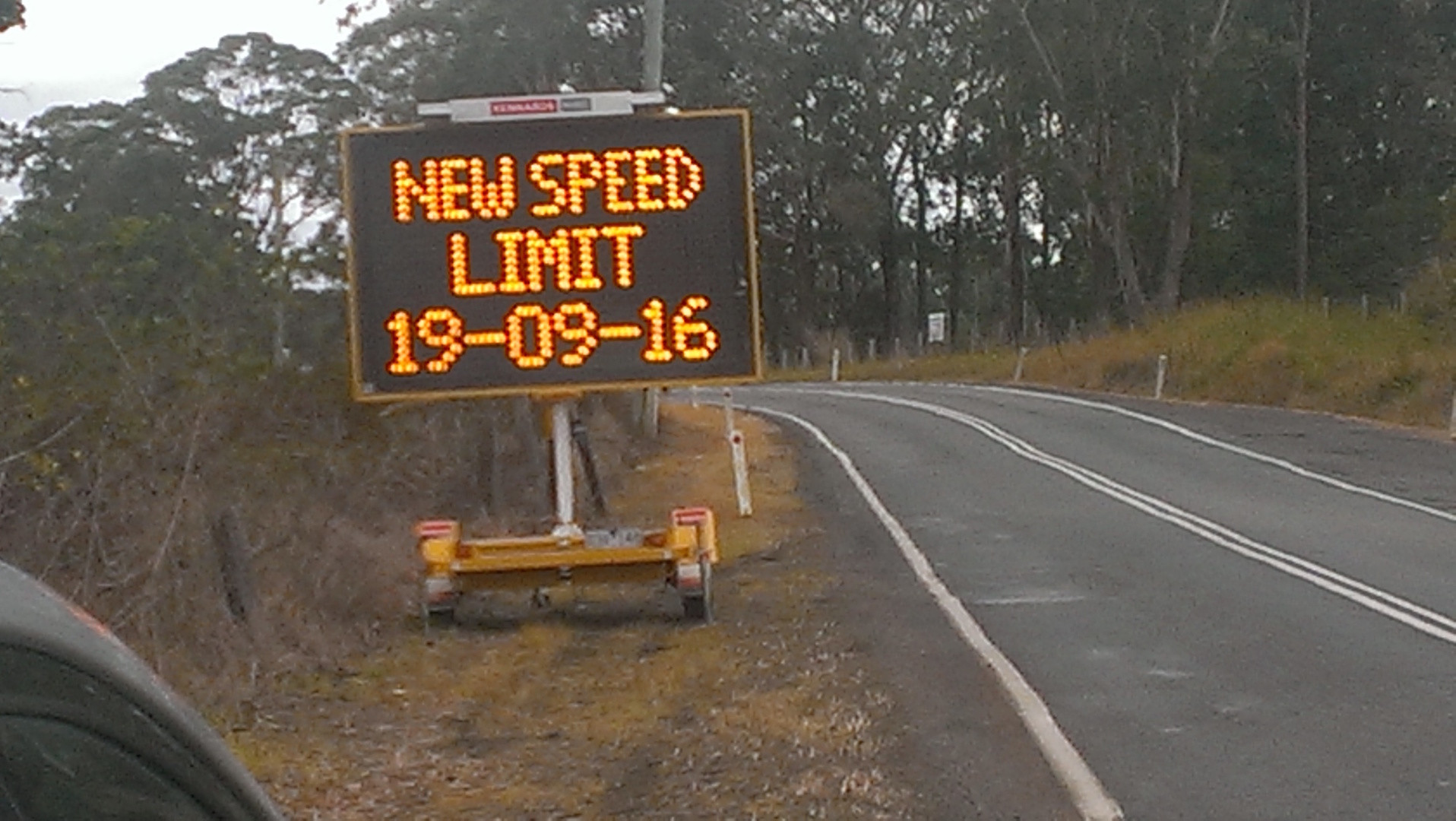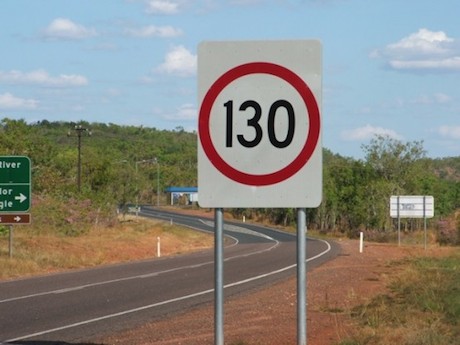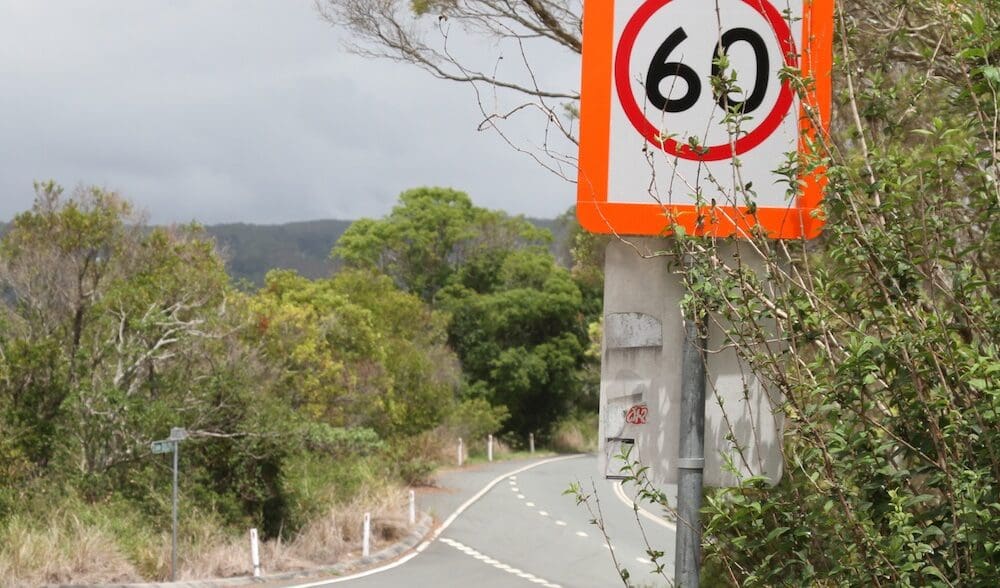One of the worrying trends in 2016 was the epidemic of reduced speed zones around the country, many on great motorcycle roads.
The two high-profile examples were the reduction of the open speed limit on a Northern Territory highway to 130km/h and the planned reduction of speed limits in several places on the Oxley Highway. (The Roads and Maritime Services is reviewing the speed reductions and expected to announce their decision any day. We remain hopeful but realistic.)

But there have been many other great motorcycling roads where the reduced speed limits epidemic has struck.
Over the past few years we have seen speed reductions on Mt Glorious Rd, The Great Ocean Rd, The Putty Rd, Bells Line Of Road and The Great Northern Rd.
I have just spent a week on the Sunshine Coast and noticed so many of my favourite riding roads now have 60km/h speed limits where they used to have 80 and 100km/h signs.
It’s an epidemic from the David Low Way on the coastline right back to the Blackall Ranges and the hinterland beyond.
And it’s an epidemic that ironically seems to be gathering speed!
Reasons for the slow-down epidemic
- Authorities can appear to be protecting their citizens from themselves;
- NIMBY residents buy a nice property in a semi-rural area on a known motorcycle road, then complain that motorcyclists are using it and demand the council/government reduce the speed limit (a bit like people who buy near an airport then complain about aircraft noise);
Semi-rural 60 zone - Police and governments can gouge higher fines and demerit points for the same speeds (eg if you are caught doing 90km/h in a 60km/h zone you will cop a much higher fine than if it were an 80km/h zone);
- It’s easier and cheaper than fixing the roads; and
- It’s easier and cheaper than educating motorists how to drive/ride.
None of these reasons is supported by any empirical evidence.
In fact, the Northern Territory decision was totally political and contrary to evidence.



The NT used to have open speed limits on its highways, but in 2006, the then Labor Government imposed a 130km/h limit.
Instead of accidents reducing, they increased. In fact, 307 died in the NT over the next six years, 15 more than in the previous six years.
Last year, the conservative NT government decided to permanently allow motorists to choose their own speed on a 336km section of the Stuart Highway after a successful 18-month evidence-based trial.
Now, despite a zero fatality rate on the highway sections with open speed limits, the Northern Territory has once again returned to 130km/h speed restrictions after the Labor Party returned to power in August 2016.
It’s political!




